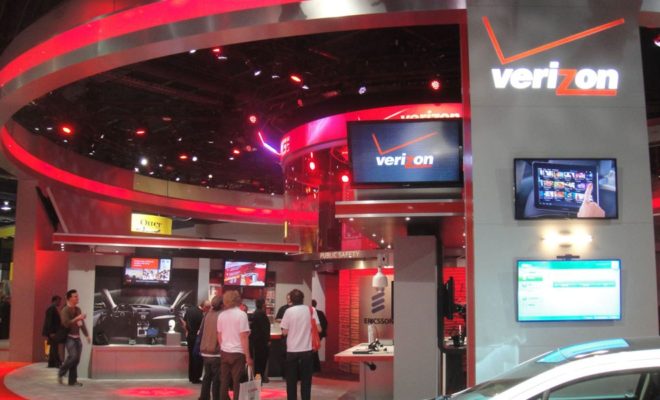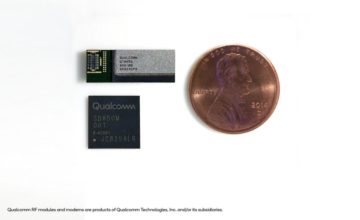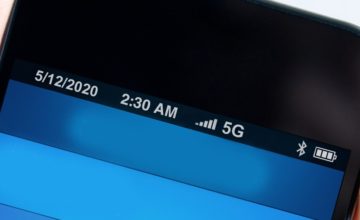Hot on the heels of major announcements from other American wireless carriers, Verizon Wireless has formally announced their plans to spend over $1 billion improving their current wireless infrastructure capabilities with the use of fiber optics.
The mobile carrier has been dealing with major competition lately, as both T-Mobile and AT&T have invested heavily in improving their own wireless coverage. They’ve been catching up to Verizon in terms of capacity and capability, prompting Verizon to invest heavily in improving their network. Verizon has committed to purchasing over 12 million miles of optical fiber from New York-based manufacturing company Corning each year from 2018 until 2020. This improvement on the current infrastructure promises to bolster their already impressive 4G wireless capabilities, help support faster speeds across LTE, and lay the groundwork for upcoming 5G wireless buildouts.
Carriers across the board have been struggling to answer how they’ll provide more and better service to try and meet the nigh-impossible demand, but recent developments across the industry (notably in the name of preparing for upcoming 5G capabilities) have been promising. Verizion has been testing the strength of the fiber connection in Boston for over a year, and the results have been promising. Verizon’s chief supply chain officer Viju Menon said in a statement that, “Our plans identified a shortfall in fiber supply, and Verizon has been working with business teams to forecast demand and fill supply gaps with existing suppliers. Securing the required volume of optical fiber and hardware solutions with Corning will ensure we meet our planned rollout schedules.”
And the decision to purchase and lay millions of miles of optical fiber only increases the confidence Verizon has to meet the demands of the future. By laying this much optical fiber, Verizon will have access to high speed broadband to support their wireless infrastructure throughout the nation. What’s really exciting about this development is the potential support it could lend to 5G development in the coming years. 5G, on top of expected upgrades in terms of capacity will also lower the latency of your connection. The increased amount of optic fiber running through the country will be able to contend with that, and provide the speedy service that 5G needs to produce such impressive results.
During an interview with CNBC earlier this week, Verizon CEO Lowell McAdam said, “When we deployed FiOS, we would run a strand into a neighborhood, a cable that had maybe six or eight strands in it. Now we’re going to drop off six or eight strands to every streetlight in every neighborhood. That allows you to deliver a gigabit of throughput into the home and allows you to do things like intelligent transportation grids, intelligent electric grid management, water system management. You hear a lot about autonomous cars and things like that today. That does not work without 5G… The network will go out and come back and respond in less than the time it takes to blink your eye.”




